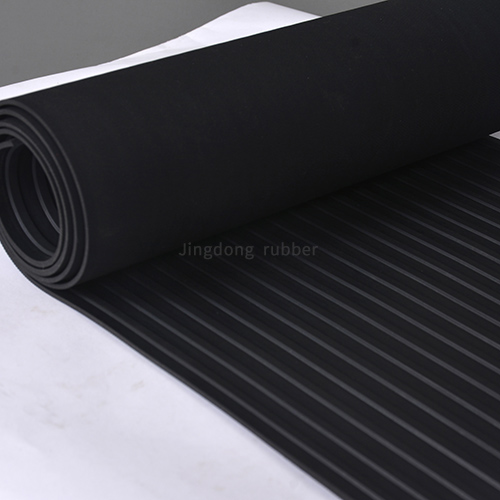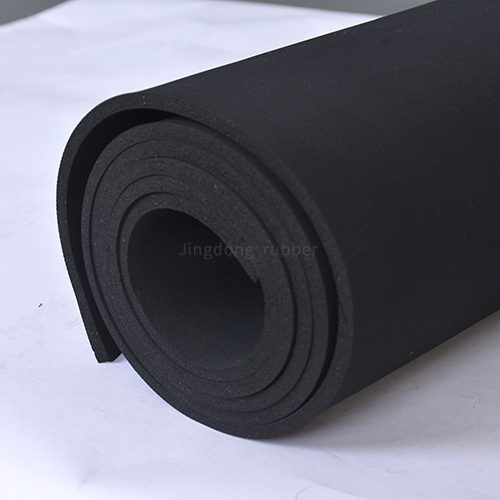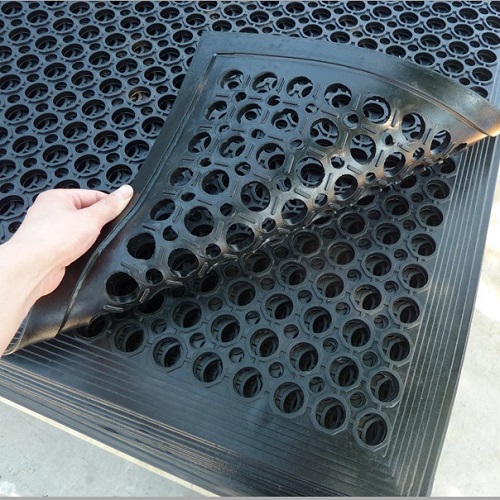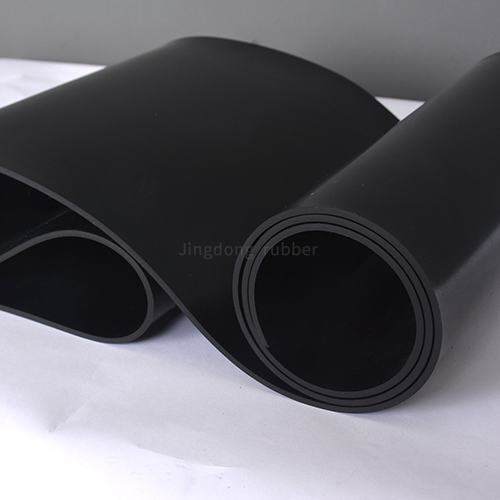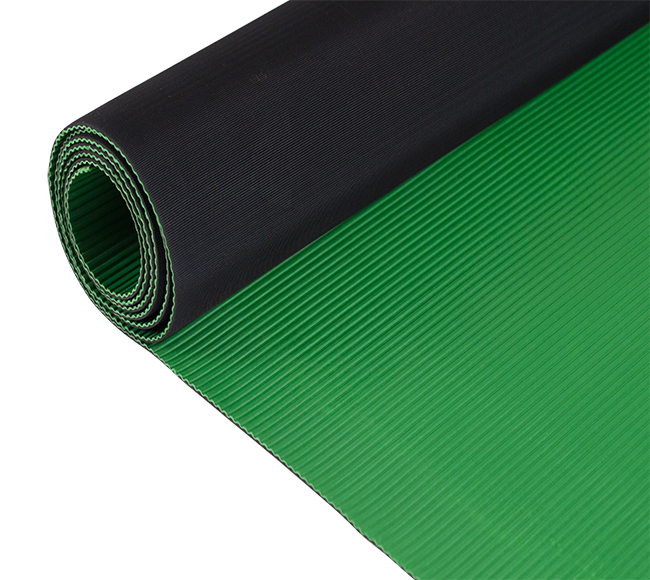Anti-Slip Rubber Flooring
Comprehensive Guide to Anti-Slip Rubber Flooring
In today's market, safety and durability are paramount in flooring solutions. Anti-Slip Rubber Flooring stands out as a top choice for environments where slip resistance is critical. This type of flooring is engineered from high-quality rubber materials, providing excellent traction even in wet or oily conditions. It is widely used in commercial, industrial, and residential settings such as gyms, kitchens, pool decks, and warehouses. The rubber composition not only enhances safety but also offers shock absorption, noise reduction, and long-term resilience against heavy foot traffic and impacts. With a focus on sustainability, many Anti-Slip Rubber Flooring products are made from recycled materials and are fully recyclable at the end of their life cycle.
Key Product Parameters of Anti-Slip Rubber Flooring
Understanding the specifications of Anti-Slip Rubber Flooring is essential for making an informed decision. Below, we outline the critical parameters in both list and table formats to highlight its professional-grade features.
Parameter List
- Material Composition: High-density rubber, often incorporating recycled content for eco-friendliness.
- Thickness: Ranges from 3 mm to 15 mm, tailored to application needs (e.g., 8 mm for gyms, 12 mm for industrial use).
- Slip Resistance Rating: High coefficient of friction (typically above 0.6 when wet), meeting standards like DIN 51130 for enhanced safety.
- Color Options: Available in multiple solid colors and patterns to match interior designs.
- Installation Method: Options include interlocking tiles, glue-down sheets, or loose-lay mats for versatility.
- Maintenance Requirements: Easy to clean with mild detergents; resistant to stains, moisture, and chemicals.
- Durability: Long lifespan of 10-20 years, with high resistance to abrasion, UV rays, and extreme temperatures.
- Environmental Certifications: Often certified by GREENGUARD or FloorScore for low VOC emissions.
Detailed Parameter Table
| Parameter | Description | Typical Range / Values |
|---|---|---|
| Material Type | Primary composition of the flooring | Virgin or Recycled Rubber |
| Thickness | Overall depth of the flooring material | 3 mm - 15 mm |
| Slip Resistance (Wet Conditions) | Coefficient of friction measured under wet testing | 0.6 - 0.8 (R10-R12 rating) |
| Tile Dimensions | Standard sizes for tiles or sheets | 500 mm x 500 mm, 1000 mm x 1000 mm |
| Weight | Approximate weight per square meter | 5 kg/m² - 15 kg/m² |
| Temperature Range | Operational temperature limits | -30°C to 80°C |
| Installation Time | Estimated time for professional installation per 100 m² | 4 - 8 hours |
| Warranty Period | Manufacturer's warranty coverage | 5 - 15 years |
Advantages of Anti-Slip Rubber Flooring
The benefits of Anti-Slip Rubber Flooring extend beyond basic safety. Its inherent properties make it ideal for high-risk areas. For instance, the textured surface patterns, such as studs or ripples, increase grip without compromising comfort. Additionally, rubber's natural elasticity reduces fatigue for people standing for long periods, making it popular in workplaces and fitness centers. It also contributes to noise insulation, which is crucial in multi-story buildings or noisy environments. From an environmental perspective, the use of recycled rubber supports circular economy initiatives, and the flooring's longevity minimizes waste. Moreover, its resistance to mold, mildew, and bacteria ensures a hygienic surface, particularly in damp settings like locker rooms or food processing plants.
Applications of Anti-Slip Rubber Flooring
Anti-Slip Rubber Flooring is versatile and suitable for various sectors. In commercial gyms and sports facilities, it provides cushioning for equipment and protects against injuries. Industrial applications include factories and workshops where oil or water spills are common, reducing accident risks. In residential areas, it is used in bathrooms, kitchens, and balconies to prevent slips. Public spaces like schools, hospitals, and shopping malls benefit from its durability and low maintenance. Pool decks and spa areas utilize specialized versions with enhanced drainage to handle constant moisture. Each application can be customized with specific thicknesses, colors, and textures to meet aesthetic and functional demands, ensuring compliance with local safety regulations.
Frequently Asked Questions (FAQ) About Anti-Slip Rubber Flooring
Below are common questions and detailed answers to help you understand Anti-Slip Rubber Flooring better.
What makes Anti-Slip Rubber Flooring slip-resistant?
The slip resistance is achieved through a combination of material properties and surface texture. Rubber naturally has a high coefficient of friction, and manufacturers add patterns like studs, ribs, or granules to increase grip. Testing under wet conditions ensures it meets safety standards, such as R10 to R12 ratings, which indicate superior slip resistance even in slippery environments.
How do I clean and maintain Anti-Slip Rubber Flooring?
Maintenance is straightforward. Sweep or vacuum regularly to remove debris, and mop with a mild detergent and water for deeper cleaning. Avoid abrasive cleaners or high-pressure washers, as they can damage the surface. For stubborn stains, use a rubber-specific cleaner. Periodic inspections for wear and tear are recommended, and in high-traffic areas, applying a rubber protectant can extend its lifespan.
Can Anti-Slip Rubber Flooring be installed outdoors?
Yes, many Anti-Slip Rubber Flooring products are designed for outdoor use. They are UV-resistant and can withstand temperature fluctuations, rain, and snow. However, ensure proper installation with adequate drainage to prevent water pooling. For extreme weather conditions, select thicker variants with enhanced durability ratings.
Is Anti-Slip Rubber Flooring environmentally friendly?
Absolutely. Most products incorporate recycled rubber from sources like tires, reducing landfill waste. They are also recyclable at end-of-life. Look for certifications like GREENGUARD, which confirm low emissions of volatile organic compounds (VOCs), making them safe for indoor air quality. Additionally, the long service life means less frequent replacements, further lowering environmental impact.
What is the typical lifespan of Anti-Slip Rubber Flooring?
With proper maintenance, Anti-Slip Rubber Flooring can last between 10 and 20 years, depending on the traffic intensity and environment. Factors like thickness, quality of installation, and exposure to chemicals or UV light influence longevity. Industrial-grade options often have longer warranties, reflecting their robustness.
Does Anti-Slip Rubber Flooring come in different colors and designs?
Yes, it is available in a wide range of colors, from neutral tones to bright hues, and can feature patterns like marble effects or custom logos. This versatility allows it to blend with various decor styles while maintaining functionality. Samples are often provided to help match specific design requirements.
How does Anti-Slip Rubber Flooring compare to other safety flooring types?
Compared to vinyl or epoxy coatings, Anti-Slip Rubber Flooring offers better shock absorption, noise reduction, and natural slip resistance without added coatings. It is more flexible and comfortable underfoot than concrete or tile. While initial costs might be higher, its durability and low maintenance often result in lower long-term expenses.
Can I install Anti-Slip Rubber Flooring myself, or do I need a professional?
DIY installation is possible with interlocking tile systems, which require no adhesives and can be cut to fit with basic tools. For sheet flooring or gluedown methods, professional installation is recommended to ensure a seamless, secure fit and to avoid issues like bubbling or misalignment. Always follow manufacturer guidelines and prepare the subfloor properly for best results.
Is Anti-Slip Rubber Flooring suitable for people with allergies?
Yes, its non-porous surface resists allergens like dust mites, mold, and mildew, making it hypoallergenic. Regular cleaning helps maintain a healthy environment, which is beneficial for households with allergy sufferers or in medical facilities.
What safety standards does Anti-Slip Rubber Flooring comply with?
It typically adheres to international standards such as DIN 51130 for slip resistance, ASTM F1677 for impact attenuation, and ISO 14001 for environmental management. Compliance ensures it meets rigorous safety and quality benchmarks, providing peace of mind for users in regulated industries.
- View as
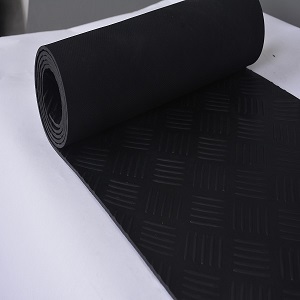
Checker Rubber Flooring
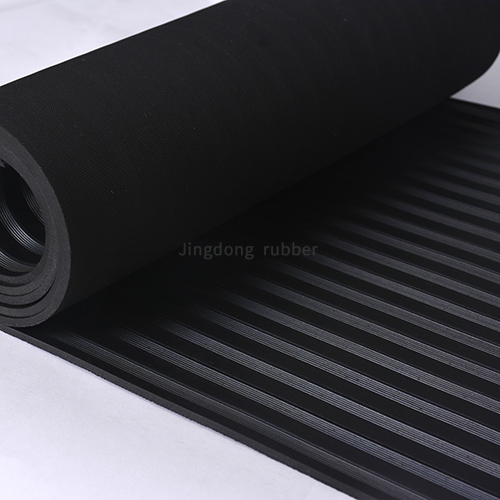
Corrugate Rubber Flooring

Fine and Wide Ribbed Rubber Flooring
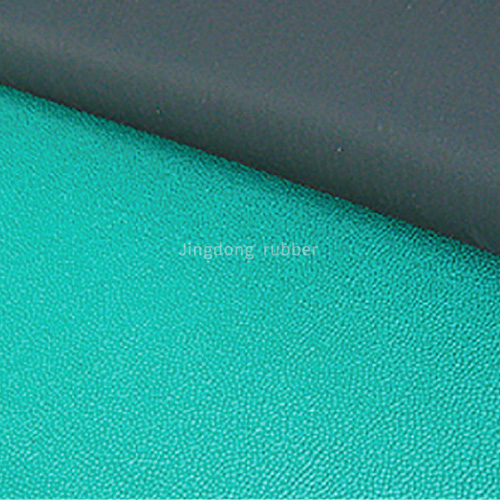
Orange Peel Rubber Flooring
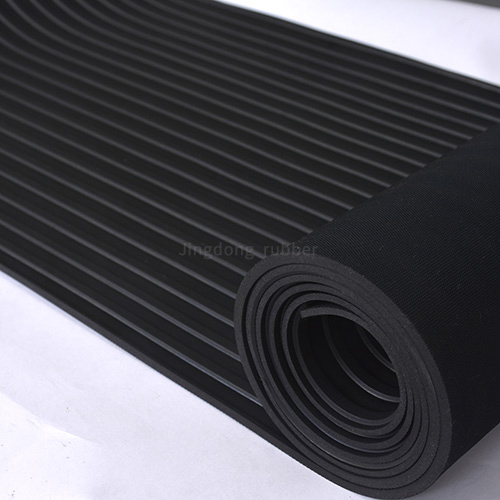
Broad Ribbed Rubber Flooring
